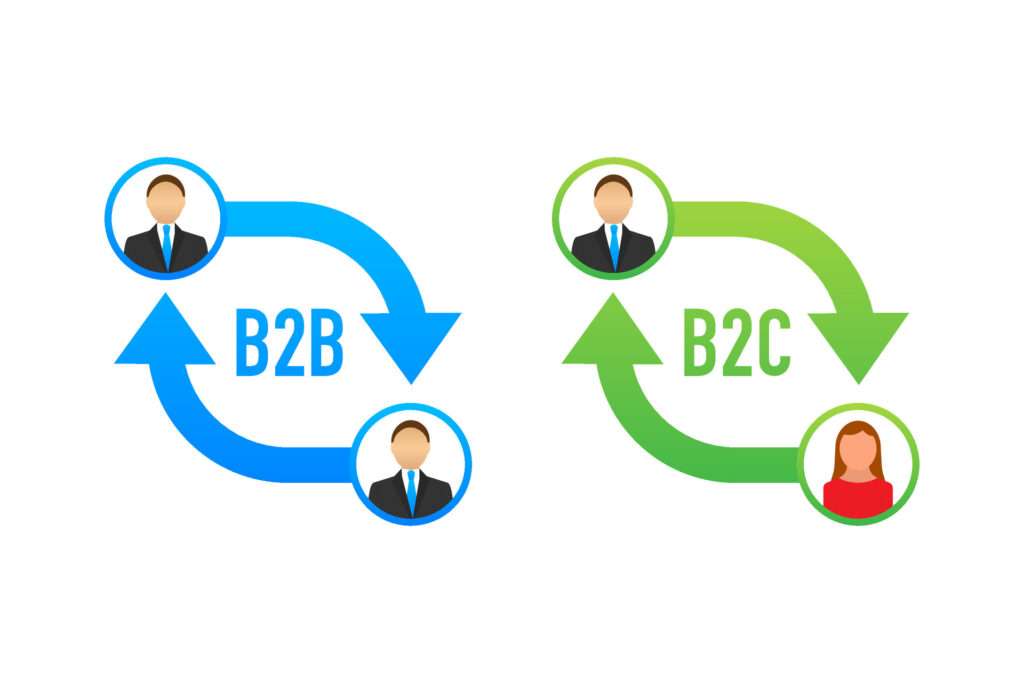

When it comes to marketing, understanding your target audience is essential. Business-to-Business (B2B) and Business-to-Consumer (B2C) marketing have distinct approaches, messaging styles, and channels. Knowing these differences can help you craft effective strategies to reach your ideal customers and drive success.
1. Understanding the Audience
- B2B: Your audience comprises other businesses, decision-makers like managers, executives, or procurement teams. Their purchasing decisions often involve logic, ROI analysis, and longer sales cycles.
- B2C: The target is individual consumers. Buying decisions tend to be emotion-driven, quicker, and influenced by personal preferences, trends, and immediate needs.
2. Marketing Goals and Messaging
- B2B: Focus on building relationships, demonstrating expertise, and showcasing how your product or service can solve business problems. Messaging emphasizes efficiency, ROI, and strategic benefits.
- B2C: Aim to evoke emotions, highlight benefits, and create a memorable brand experience. Messaging often appeals to desires, lifestyle, or needs.
3. Marketing Channels
| Channel | B2B | B2C |
|---|---|---|
| Content Marketing | Whitepapers, case studies, industry blogs | Social media, videos, influencer collaborations |
| Social Media | LinkedIn, Twitter, industry forums | Facebook, Instagram, TikTok, Snapchat |
| Advertising | LinkedIn Ads, Google Ads for targeted reach | Facebook Ads, Google Shopping, TV ads |
| Events & Conferences | Trade shows, webinars, networking events | Festivals, pop-up shops, experiential marketing |
4. Sales Cycle and Customer Journey
- B2B: Longer sales cycles with multiple touchpoints. Nurturing leads through detailed content and personal relationships is key.
- B2C: Shorter cycles, often impulsive. Focus on quick conversions with strong calls-to-action and irresistible offers.
5. Building Trust and Credibility
- B2B: Use case studies, client testimonials, and industry certifications to establish trust.
- B2C: Leverage reviews, influencer endorsements, and brand storytelling to build credibility.
Final Tips:
- Personalization: Tailor your messaging to the audience’s specific needs and pain points.
- Content Quality: Provide valuable, relevant content that positions your brand as a trusted authority.
- Data-Driven Decisions: Use analytics to refine your marketing strategies continuously.
In summary, while both B2B and B2C marketing share common principles like understanding your audience and delivering value, their execution varies significantly. By aligning your tactics with the unique characteristics of each, you can maximize your marketing efforts and drive better results.



